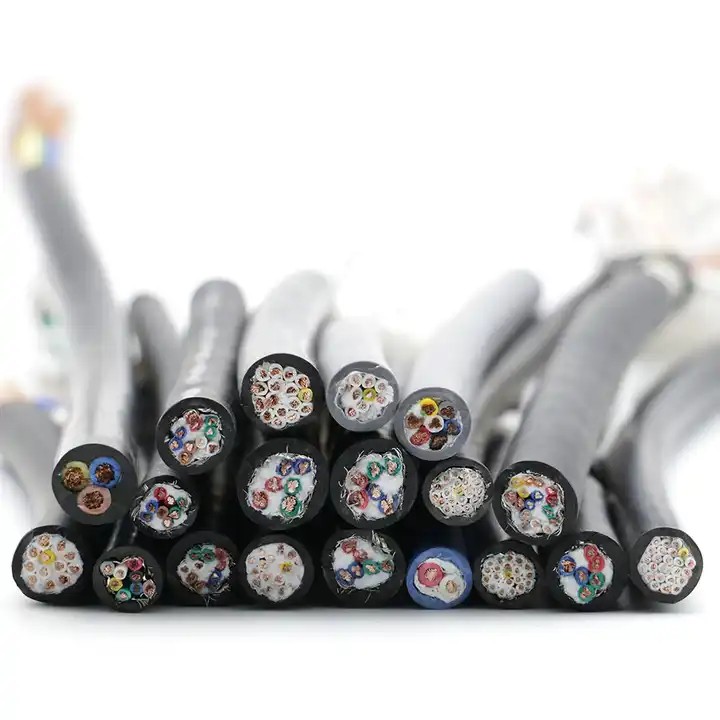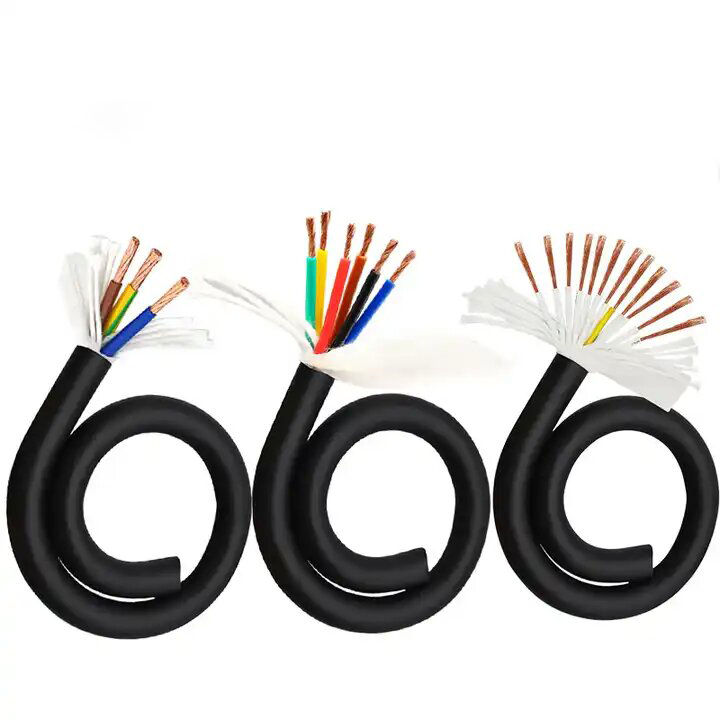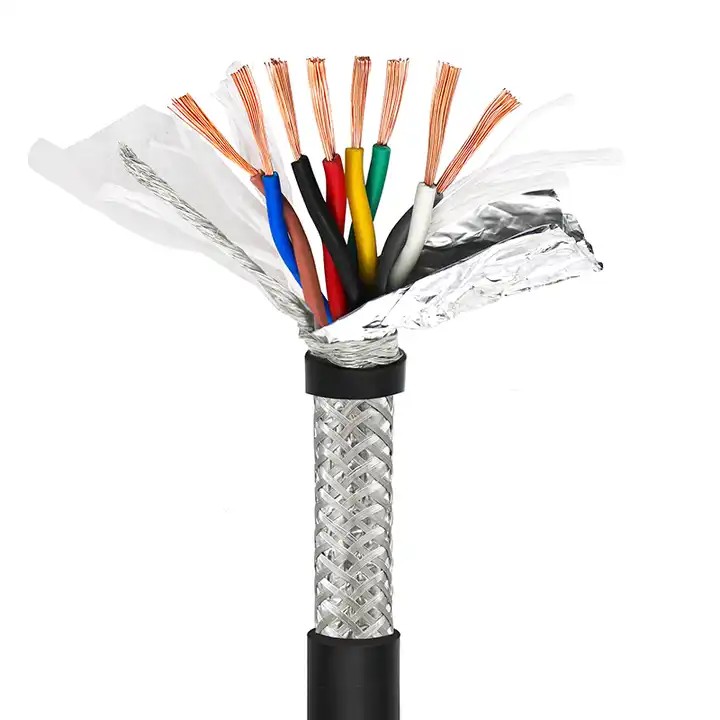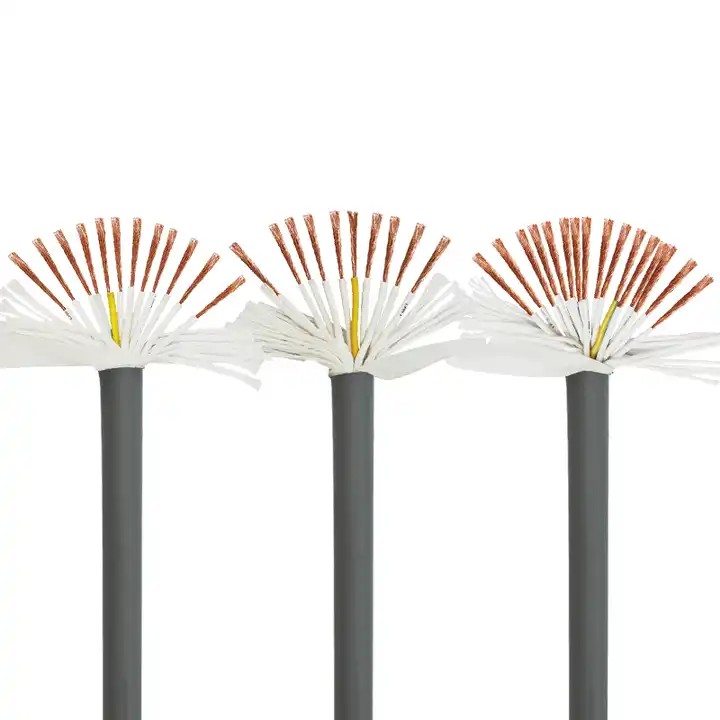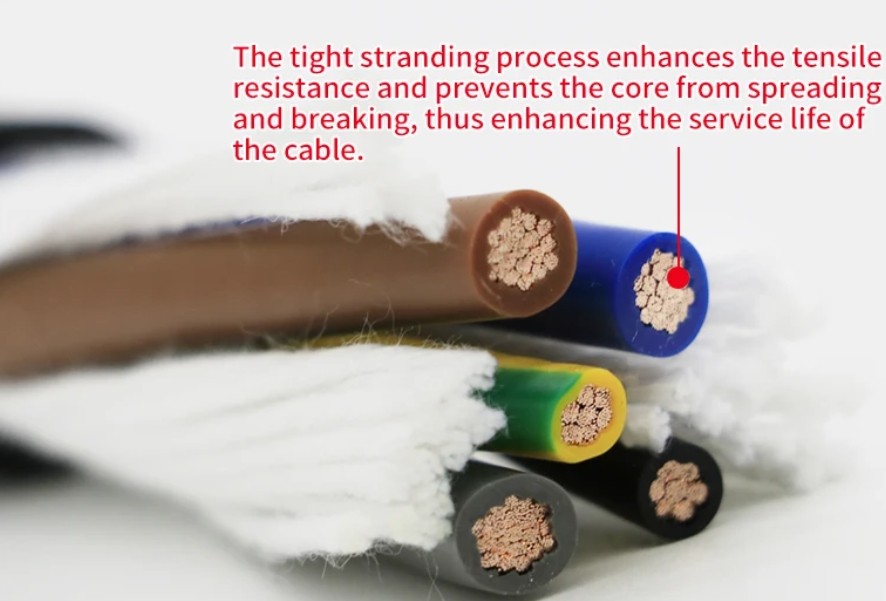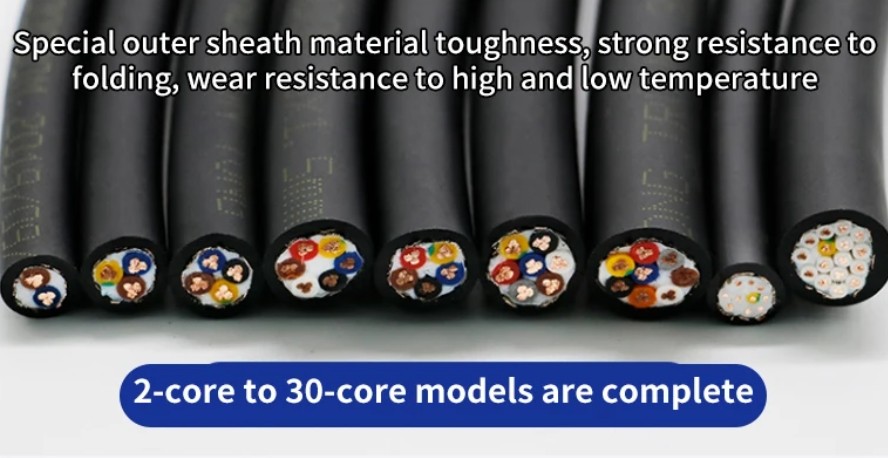Can Shielded Flexible Control Cables Reduce Signal Interference?
Published:
2025-04-09 10:06:19
Shielded flexible control cables reduce EMI, protect signal clarity, and improve reliability in industrial automation and machinery.
In fast-paced industrial environments, machines communicate in milliseconds. But what happens when electrical noise gets in the way? Signal interference isn’t just a minor inconvenience—it can be the difference between smooth operation and costly downtime. That’s why many engineers and system integrators now turn to shielded flexible control cables for more stable, noise-resistant performance. Unlike standard control wires, these cables come equipped with a layer of EMI shielding—usually a copper braid, aluminum foil, or a hybrid of both. This shielding acts as a defense system, minimizing the risk of outside electromagnetic signals corrupting internal data transmission. Picture this: in an automated assembly line, multiple devices are working simultaneously—motors, sensors, drives. Each component emits its own electromagnetic field. Without flexible control cable with shielding, sensitive signals could become distorted, delayed, or even completely lost. That’s where the value of shielded cables becomes obvious.
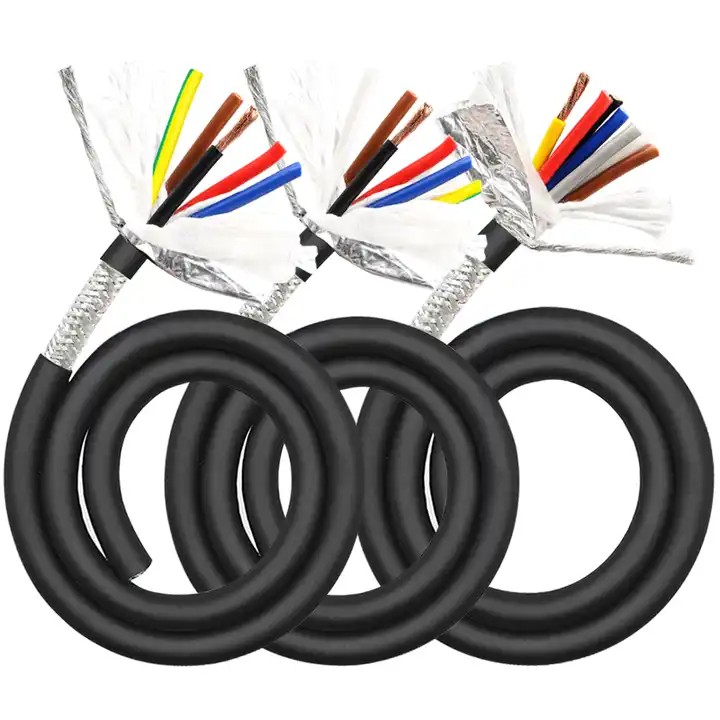
Why Interference Is a Problem in Industrial Wiring
Signal interference, or electromagnetic interference (EMI), typically stems from nearby devices like power converters, inverters, and heavy motors. This interference can:
Distort data signals
Cause communication errors between PLCs and I/O modules
Lead to machine malfunctions or delays
Degrade long-term system performance
For industries that rely on accurate, real-time communication—like packaging, robotics, manufacturing, or logistics—using industrial control cables with shielding is a practical way to maintain system stability.
How Shielding Actually Works
The shielding inside these cables serves two main functions:
It blocks external EMI from entering the cable and affecting signal lines.
It prevents internal signals from radiating out and interfering with neighboring cables.
Combined with proper grounding, shielding ensures your control system functions with clarity and consistency—even in electrically “noisy” environments.
Use Cases Where Shielded Cables Shine
The benefits of shielded flexible control cables become especially clear in these scenarios:
Robotic arms in automotive production need low-latency signal communication during constant movement.
CNC machines rely on clean encoder feedback to stay accurate.
Medical imaging devices must transmit clear, uninterrupted signals during scans.
VFD-connected motors in HVAC or conveyor systems emit strong EMI—shielding keeps surrounding devices stable.
Whether you’re wiring a food processing facility or building a data-driven warehouse system, low-noise control cables help future-proof the installation.
What to Look For When Choosing a Cable
Not all shielding is created equal. If you’re in the market for high-quality EMI-resistant control cable, consider:
Shielding type: Foil for full coverage, braid for durability and flexibility, combo for optimal performance
Flexibility level: Especially important for drag chain or robotic arm use
Jacket material: PVC, PUR, or TPE—depending on oil resistance, temperature tolerance, and mechanical stress
Shield coverage: 85% or higher is preferred for EMI-heavy environments
Compliance: UL, RoHS, CE—ensure the cable meets industry standards
Final Thought:
Can shielded flexible control cables reduce signal interference? Absolutely. More than just a spec sheet upgrade, these cables offer real protection against data loss, equipment errors, and costly disruptions. If signal reliability is non-negotiable in your operation, investing in shielded control wiring isn’t a luxury—it’s a necessity.


